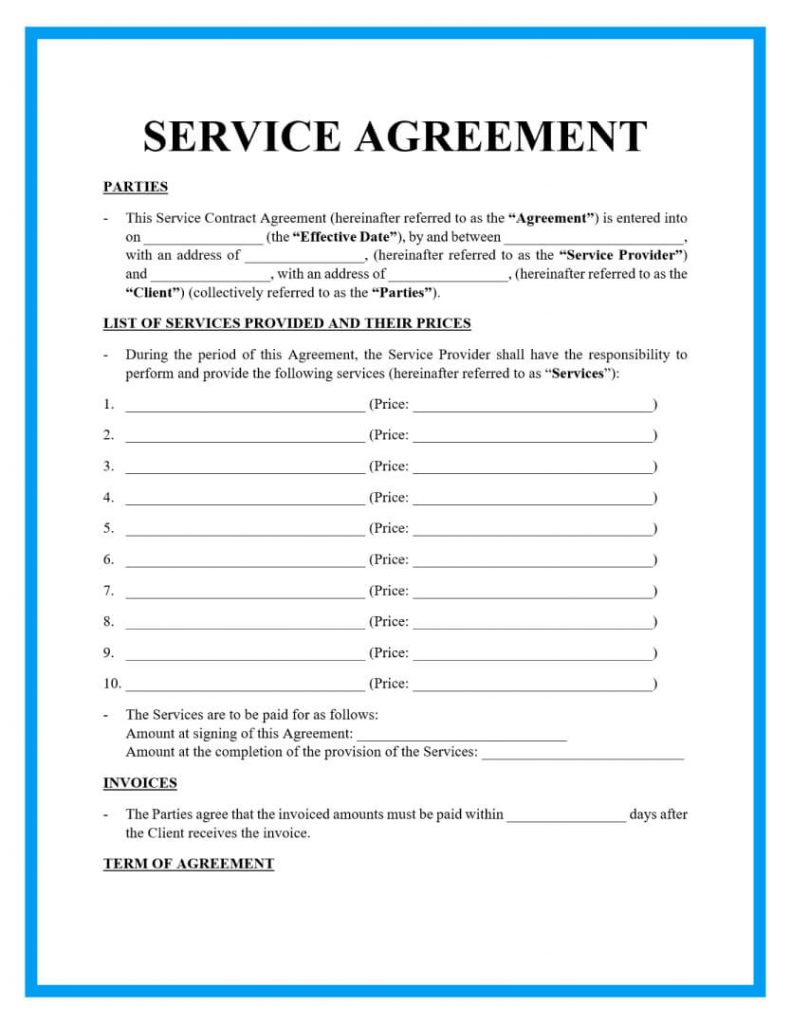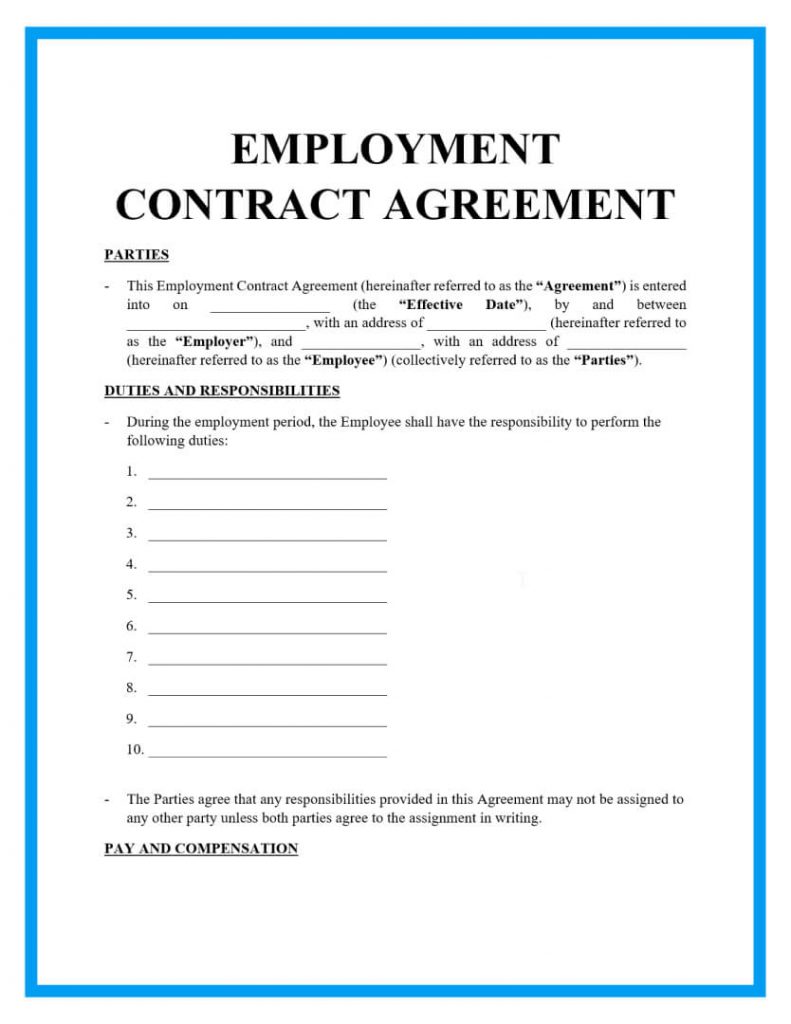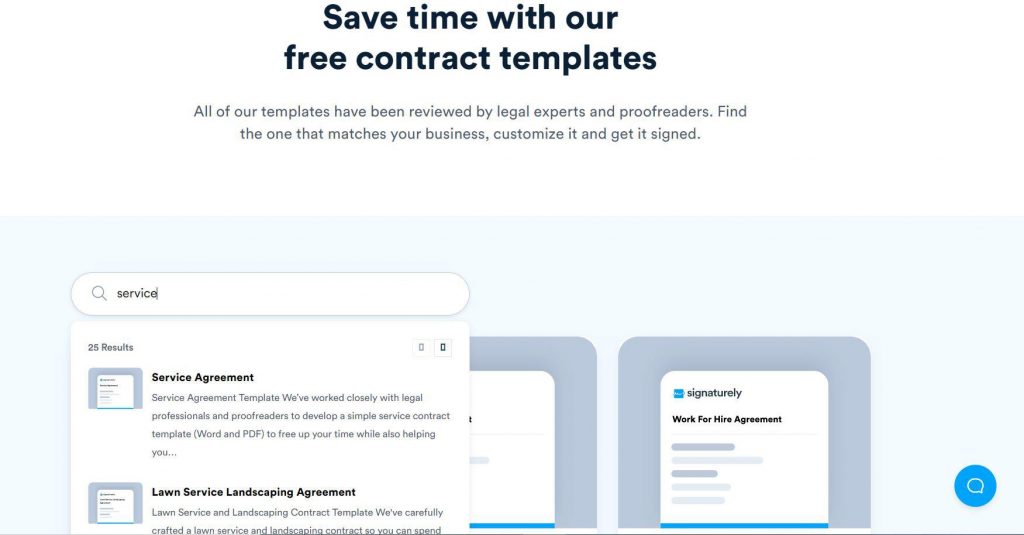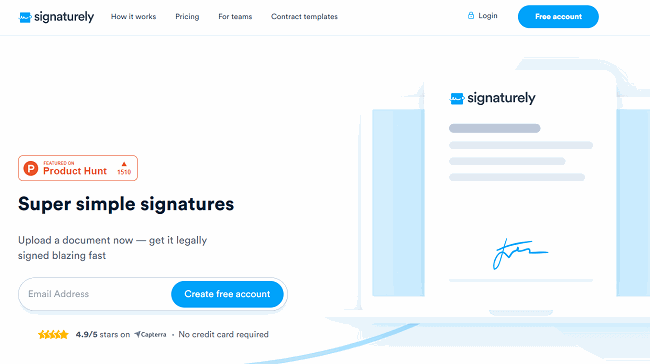Since the turn of the century, paperless documents have changed contract management. The Electronic Signatures in Global and National Commerce Act (E-Sign Act) was signed into law on June 30, 2000, making e-contracts as valid as their paper counterparts. So what are the requirements for an e-contract? Continue reading to find out!
What Is An E-Contract?
E-contract stands for “electronic contract.” As the name implies, it is a contract created and shared digitally via email, computer programs, or document management software.
For e-contracts to be legally valid, they must comply with The Uniform Computer Information Transactions Act (UCITA). Moreover, an e-contract must have the basic requirements of a traditional contract—offer, acceptance, capacity, and consideration—to be enforceable.
With the rise of e-commerce, companies can save time, money, and tons of paper by making e-contracts with customers, vendors, and other companies. Paperless transactions have also proved beneficial during the pandemic.
What Are The Requirements For An E-Contract?
While e-contracts make life easier and business more efficient, you still need to consider how you draft these documents carefully. An electronic contract must have the same legal elements as a formal document.
The essential elements of a valid contract are:
- Offer
The initial contract includes an offer by one party to exchange something of value for something else that the other party is willing to offer, such as a fee for a service.
- Consideration
What do the parties gain from signing the contract? This factor is known as the ‘consideration’, i.e., what one party is willing to do so that the other party agrees to offer something of value in exchange.
- Acceptance
After consideration, the other party will either accept or decline the offer or make a counteroffer (in which case steps 1 and 2 will repeat).
- Intention
Intention means that all parties agree to create a valid, enforceable agreement. It also involves matters of consent and coercion.
- Capacity
Finally, all parties must have the legal capacity to sign the contract. For instance, minors usually can’t sign contracts.
Finally, for an e-contract to be ratified, all parties must create digital signatures. A digital signature can be letters, symbols, or marks, showing your willingness to enter a contract. (Learn more about electronic signature verification here.)
When making an offer through a digital contract, communicate the important terms clearly without much legalese and ambiguity. Also, fully disclose all rights and obligations, and express a clear willingness to enter into a binding legal relationship once the offer is accepted.
What Makes An E-Signature Legal?
Whether you type your name, use a symbol, or make a mark, your e-signature is legal and valid provided:
- It can be proved that you signed the contract
- You did so willingly with a clear intent to enter into a legally binding relationship
Some sign’ e-documents by cropping a picture of their handwritten signature and pasting it onto the documents. It may not be illegal, but this method provides no security, as anyone can cut and paste a picture of your physical signature onto a digital document.
Meet The Requirements For An E-Contract Using Signaturely
If you frequently use contracts at your company, it helps to have a repository of templates or a management system helps you create legally binding e-contracts on the fly.
This is where Signaturely comes in. They offer a built-in library of custom templates for business contracts. Whether you want to start a partnership, hire people, or enter a service agreement, their software covers you.
Of course, using Signaturely doesn’t mean you can fire your lawyer. But you will have an easy-to-use document management system on your hands to help you create legally binding contracts in their format and transmission.

So how does Signaturely help you meet the requirements for an e-contract?
For one thing, the software features built-in compliance with all international laws governing contracts. You can also check if an e-contract you create complies with local laws.
Once a contract is created, you can send it safely to all concerned parties via 256-bit encryption and AATl compliance. Additionally, make sure to use the safest browser for privacy to ensure that sensitive contract information remains confidential and protected throughout the sharing process, minimizing the risk of unauthorized access or data breaches.
Encryption or cryptography helps ensure the safety of the documents you share online so that only authorized users can view and edit them. Encryption ‘scrambles’ the information when you send an e-contract, and the recipient can unscramble it on their end via a decryption key.
Signaturely also helps you easily locate and access documents in real time. This saves time and paper while signing, tracking, and storing documents.


How to Create a Contract Online for Free with Signaturely
Part of what makes Signaturely great is its simplicity. The user interface is intuitive, making it easy to create documents.
While it’s a professional tool with dozens of excellent features, Signaturely doesn’t overwhelm you with commands and controls you don’t need.
Here’s how you create a free contract with Signaturely:
Step 1 – Sign Up
You can create a free or paid account with Signaturely. Even the free version has several e-contract templates and three signature requests per month.
Step 2 – Go to ‘Contract Templates’
Click ‘contract templates’, then search for a template for the digital contract you want to create. Signaturely has more than 40 templates to choose from, all reviewed by legal experts.
Step 3 – Download the Document
Once you choose a template, you can download it as a Doc or PDF for editing.
Step 4 – Send It!
Once you enter the necessary details, you can send the contract digitally to all relevant parties within seconds.
They will receive an email with a link to open the contract and sign it with an electronic signature on any device.

What Are The Requirements For An E-Contract? – Related Questions
If you’re still pondering the requirements for an e-contract, here are answers to some additional questions to help you!
The most obvious benefit of an e-contract is the time and money saved. You don’t have to post and store mountains of hard copies at each deal stage. This frees up time in the office to work on more productive tasks. Considering the ever-increasing focus on environmental impact, paperless documents also help reduce wastage in the workplace. And with the pandemic still looming, digital contracts help you stay safe while managing business as usual.
Several federal and international laws have made it legal to conduct official business via electronic contracts. These laws include the Electronic Signatures in Global and National Commerce Act (ESIGN) and the Uniform Electronic Transactions Act (UETA). Even the Uniform Commercial Code (UCC), the primary law governing the sale of goods in the United States, accepts electronic contracts. Electronic transactions also have to meet the requirements of the Statute of Frauds under UETA for the sale of goods over $500.
